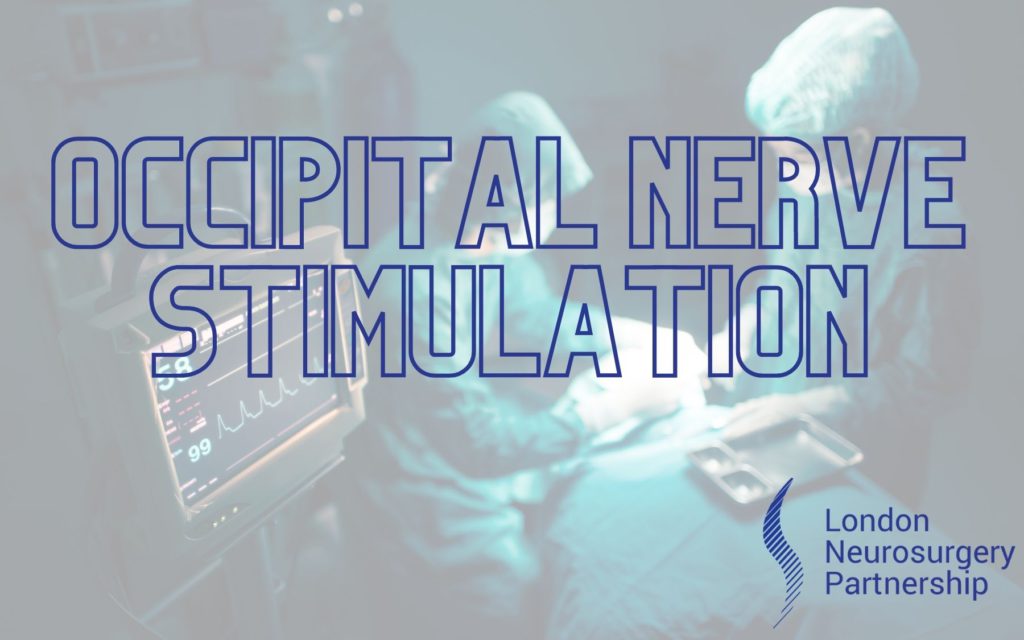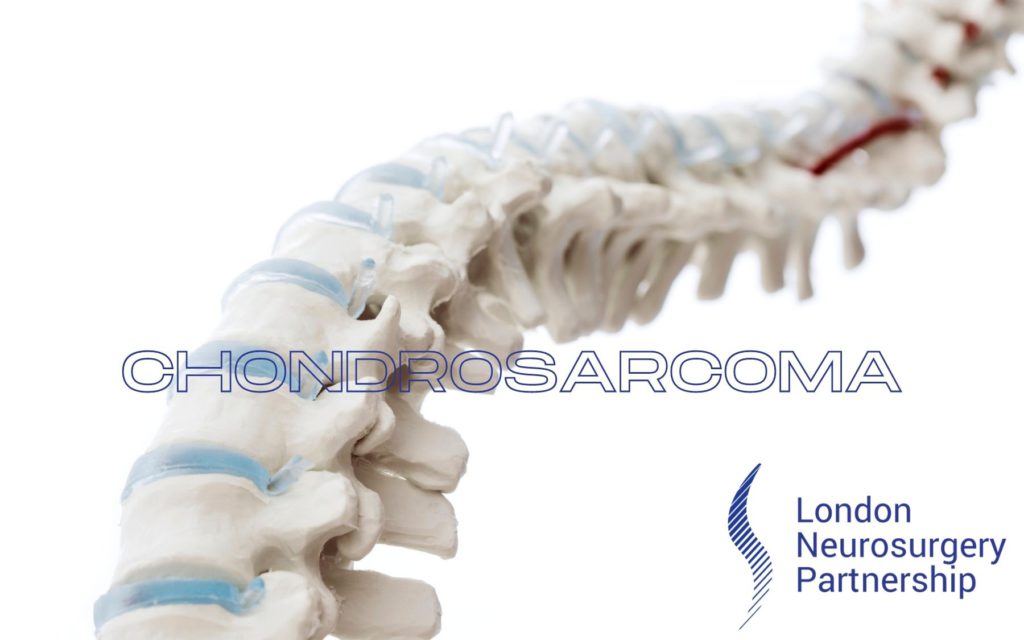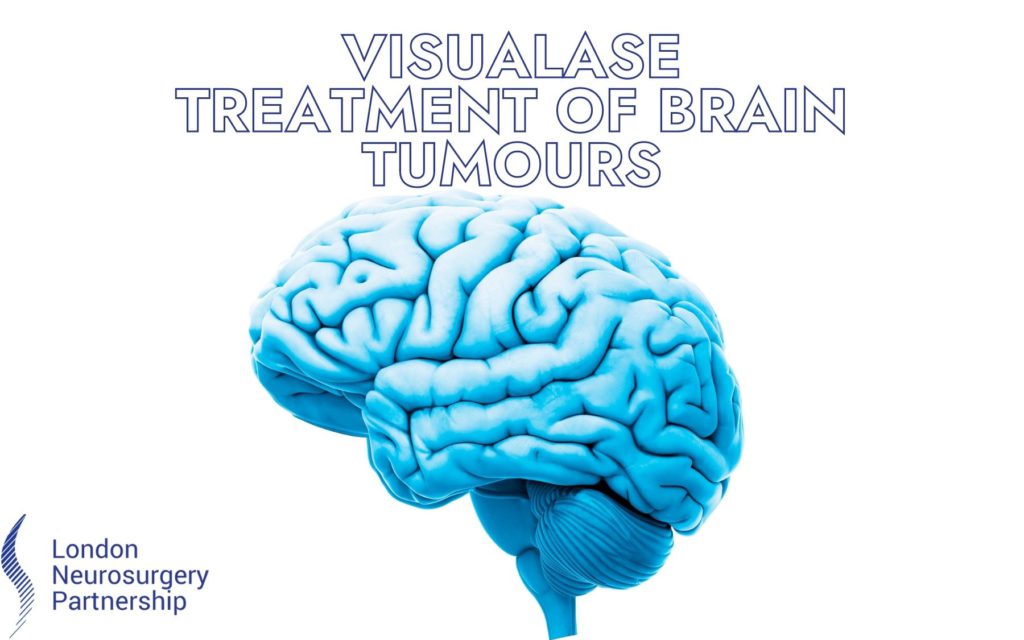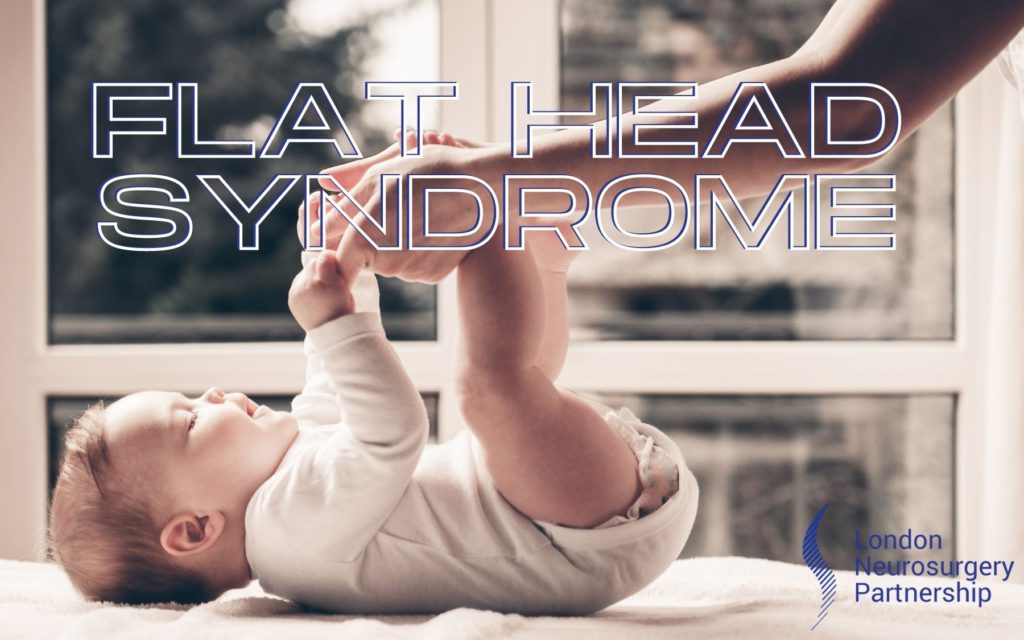
Occipital nerve stimulation is a procedure that can be used to different types of headaches, mainly including cluster headaches, cranial facial pain (occipital neuralgia) and migraines. These can be extremely painful episodes that affect the eye area, neck and back of the head.
If non-invasive treatments, such as pain medication, have been unsuccessful then occipital nerve stimulation may be offered. Research suggests that around 80% of patients will have complete blockage of the pain and 50% of patients that have occipital nerve stimulation will notice an improvement in their symptoms.
Occipital nerve stimulation falls under the umbrella of functional neurosurgery – functional surgery is fundamentally different because you aren’t changing the structure of tissues. Instead you are trying to change the way they work – the function of the tissues. So, it is essentially using surgical techniques whereby you alter the functioning of the body.
During this procedure the patient will be put under general anaesthetic, meaning that they are not awake. An incision will be made in the back of the head to make room for an electrical device. A small pocket is also made it the chest for the battery pack. The two devices will be connected using wires under the skin. Throughout the surgery, a surgeon will use x-ray images to help guide the devices and wires into the correct places.
The device that is implanted at the back of the head under the skin can send out electrical pulses. This is powered by a small battery usually implanted in the chest. When the device is activated, electrical pulses are sent to the nerves responsible for the pain, therefore reducing the pain the patient is experiencing.
If it important to note that the electrical pulse do not to cause any long-term damage or changes; if the device is taken out the symptoms will return to normal.
As with every surgical procedure there are risks. For many patients the benefits will outweigh the negatives. You surgeon will give over every aspect of the surgery before you go ahead with anything, and will always be more than happy to answer any questions that the patient or family may have.
This article is intended to inform and give insight but not treat, diagnose or replace the advice of a doctor. Always seek medical advice with any questions regarding a medical condition.





0 Comments